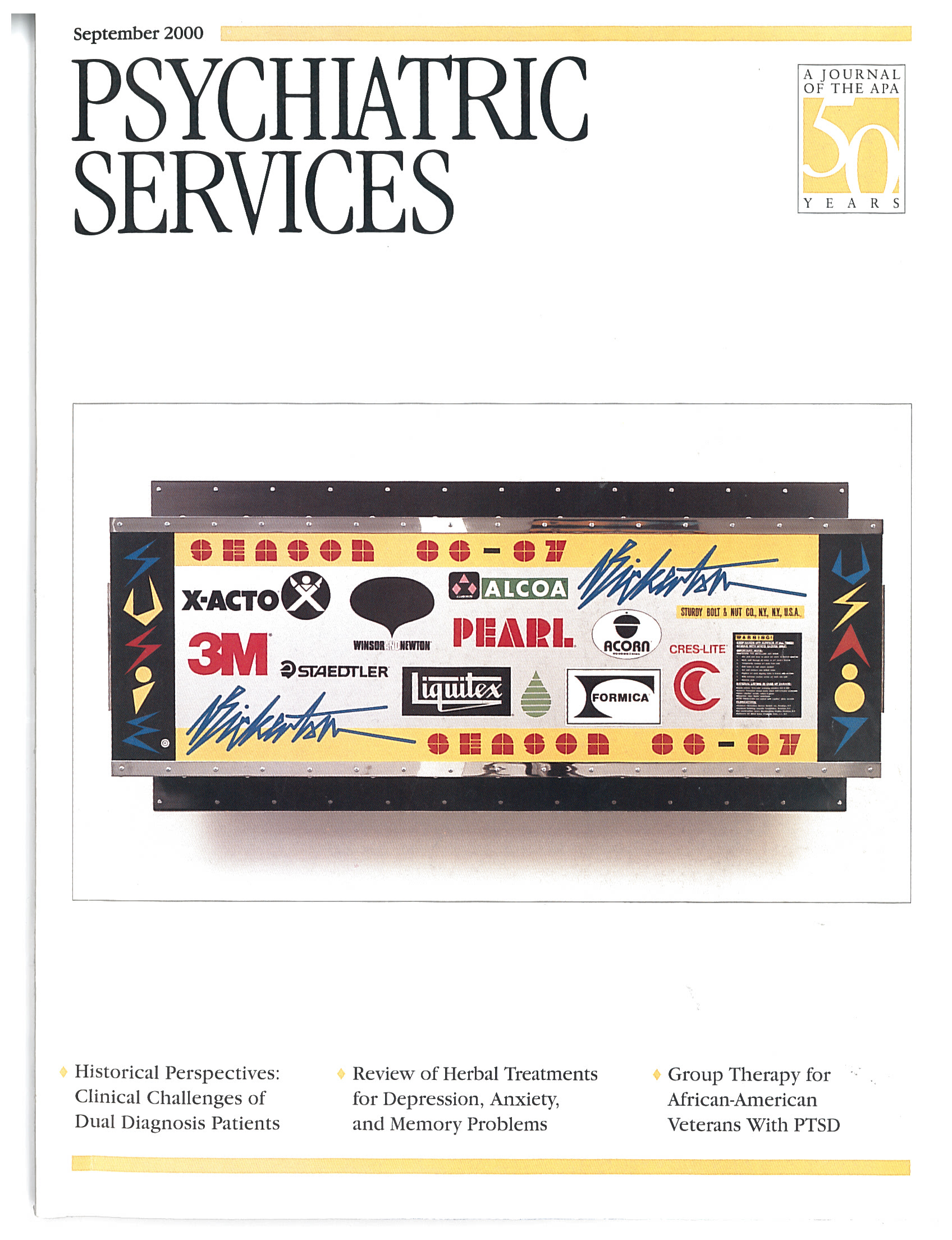A critical incident is any event that threatens to overwhelm a person's ability to cope or that produces unusually strong emotional, cognitive, or behavioral reactions in the person experiencing it (
1). It is commonly accepted that certain professions, by their very nature, place personnel at risk of experiencing critical incidents. Professions considered most vulnerable generally include fire and emergency medical services, the military, and law enforcement. Recognition is growing that health care professionals, especially emergency department staff, are at risk for experiencing critical incidents (
2,
3). Commonly accepted risk factors characterizing such events have been identified (see box) (
1,
2,
3,
4).
Critical incident stress management refers to a number of techniques designed to provide early intervention and supportive services to professionals who have experienced critical incidents. Programs universally include mental health professionals to help guide peer training, provide consultation, and engage in one-on-one and group interventions.
Mental health professionals who work in emergency settings appear particularly well qualified to provide such consultation. They are trained to assess people for traumatic reactions and provide crisis intervention, skills that are vital in successful critical incident stress management. Moreover, their familiarity with the work environment of the emergency department and the dynamics of emergency situations allow them greater perspective and greater potential for developing rapport with emergency workers.
In this column we describe the basics of critical incident stress management programs and review the research on their efficacy. In the December issue we will describe the steps for developing such a program for an emergency department.
Critical incident stress management
The most widely recognized model for critical incident stress management is based on the work of Mitchell and Everly (
1,
4). The following is a summary of the Mitchell-Everly model.
• The premise of the model is prevention. Proponents believe that if a plan is developed to identify critical incidents when they occur and to address reactions early, more severe reactions such as posttraumatic stress disorder (PTSD) can be minimized or avoided.
• Programs should be flexible enough to accommodate the needs of the organization, a variety of incidents, and the personnel involved.
• Programs should involve peer leaders—for example, firefighters, police officers, and nursing staff—who have been formally trained in the principles of critical incident stress management as well as mental health professionals such as social workers, psychologists, and psychiatrists. Also, clergy are often included.
• Techniques include education, informal peer support, family support, one-on-one support, demobilizations, defusings, and debriefings, all discussed briefly below. Although debriefings are often what a critical incident stress management program is most noted for, an effective program should foster a more comprehensive approach using all of the techniques.
Education may include formal workshops or inservice training on traumatic stress management as well as handouts, columns in organizational newsletters, and books and journal articles.
In informal peer support, peers informally discuss an event, their thoughts about and reactions to the event, and how they are coping. Most of the support provided daily in most work settings is of this type. A program should encourage informal peer support networks and help teach personnel how to maximize the effectiveness of the support they provide.
Family support can be accomplished through formal family gatherings called after a particularly traumatic event—for example, line-of-duty injury or death—to allow the family members of emergency department personnel to learn what happened, express their concerns, and receive support from other family members. This support can also be provided informally through departmental social events such as parties, awards ceremonies, and spouse appreciation nights.
One-on-one support is also provided by a mental health professional—and a mental health professional is a required component of any program. This professional can often provide one-on-one assessment and intervention, particularly if the incident affected only a small number of people.
Demobilizations, used only during mass disasters involving a large number of emergency response personnel, consist of having peer support and mental health professionals on-scene to provide education and a transitional period for emergency response personnel. After personnel are released from active duty, but before they return home or to normal duty, they are assembled and given information that might help them understand and manage their stress reactions. They are also given a brief period to eat and rest before they return to their normal routines. Demobilizations usually last 20 to 30 minutes. One-on-one support for personnel involved in rescue efforts who show signs of stress reactions also may be provided.
A demobilization is not a group process in which personnel talk about their reactions, as occurs in defusings and debriefings. Peer supporters and mental health professionals are present at demobilizations primarily to provide education, moral support, and early identification of individuals who are at risk of developing reactions later.
Defusing is a group process conducted within eight to 12 hours after the event. It is conducted away from the scene in order to reduce interference with ongoing activities related to the event and to allow the personnel being debriefed to be undistracted. The groups are kept fairly small, with three to eight people, and brief, running 20 minutes to an hour.
The debriefing is also a group process conducted after the event, generally within 12 to 48 hours, and it never takes place at the scene. It is conducted in greater depth than the defusing and can last up to three hours. Ideally, it is led by a peer leader with training in the debriefing process and who is supported by a mental health professional and, in some cases, a clergy member.

